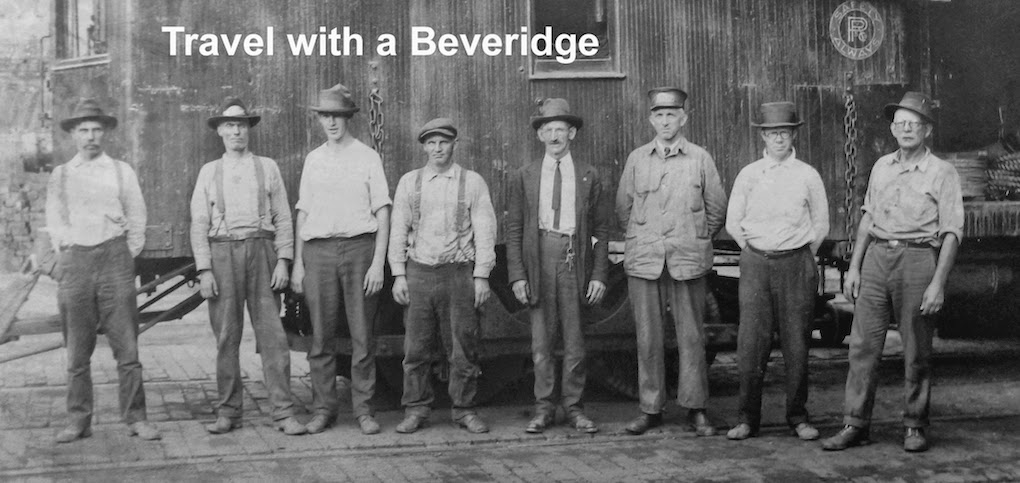
Welcome to nowhere, chapter 11
By Scott Beveridge
The elementary school essay assignment sounded easy to some of my classmates who lived in neighborhoods with tidy lawns. Our schoolteacher instructed us to go into our yard, find something interesting growing there and write a short report on the plant. Surely, though, our teacher at Lebanon Elementary School in the village of Fellsburg, Pa., knew that the kids like me who hailed from over the hill in Webster during the mid 1960s didn’t live among rhododendrons, flowering dogwoods and azaleas. Looking back, she must have been playing a cruel joke on the handful of kids in the classroom from our poor village.
Practically everything in our town was coated with a black sheen, as it sat immediately downwind of the smokestacks at a sprawling American Steel and Wire mill in Donora. The coal furnaces that heated our houses left our porches, yards and family cars covered each cold morning with a layer of tiny black soot balls. The pollution, no doubt, had created enough sour air to suck the paint off houses and kill just about every blade of grass, ornamental bush and tree during the decades before my family arrived in the fall of 1960.
I can’t remember the name of the teacher responsible for the botany assignment at the country school, where farm kids received the foundations of math, English and brushed-over history beside those whose fathers were steelworkers. All the teachers seemed to form the same character of a stern woman wearing a proper cotton suit who was bored of reciting the same lesson plans year after year while pacing floors covered with a chessboard of green-and-tan asbestos tiles.
The teachers wouldn’t dare let you use the restroom until you peed your pants and then had to stand naked in a bathroom stall until your clothes dried on the steam radiator. They reddened your knuckles with wooden rulers if you giggled in class and sent you home with more respect for the classroom and better control of your bladder.
 So off I went through our back door in search of a plant one spring Saturday afternoon, only to be reminded that there was little more growing from the ground around our house than a few clumps of crabgrass. Mom had managed to keep alive a red rose bush with yearly applications of store-bought peat moss. By then, the mills had been idled for nearly five years and the ground was beginning to turn green again. Honeysuckle vines sprouted from the parched earth along the front porch but I wasn’t about to turn in a report on flowers and looked to the ugly mountain behind our house for something green to study.
So off I went through our back door in search of a plant one spring Saturday afternoon, only to be reminded that there was little more growing from the ground around our house than a few clumps of crabgrass. Mom had managed to keep alive a red rose bush with yearly applications of store-bought peat moss. By then, the mills had been idled for nearly five years and the ground was beginning to turn green again. Honeysuckle vines sprouted from the parched earth along the front porch but I wasn’t about to turn in a report on flowers and looked to the ugly mountain behind our house for something green to study.The first ledge rose nearly 50 feet straight up and was reachable from a dusty path around outcroppings of large, blackened boulders. A field of waist-high buffalo grass spread across what was once a farm with fertile soil. I doubted the teacher would believe such a thing grew in anyone’s back yard and continued, alone, toward a sparce forest of trees nearly 100 yards in the distance. It was a sickly group of sumacs and sycamores that kids once tried to climb but the branches were too frail to support their weight.
Ahead lay a ravine at least 30 feet deep and with a trail that cut diagonally to its base, one where you had to dig your heels deep into the ground to slow your slide through shale to the bottom. It took the strength of Hercules to make the climb out of the gully. This was a landscape that was avoided, even by the birds and whitetail deer.
 There, above the rise, was a hillside of ducky stones covered with green moss tinged with orange, white and yellow that looked like miniature mushrooms from Mars. Later, a trip to the public library and an Encyclopedia Britannica would identify this plant as lichen.
There, above the rise, was a hillside of ducky stones covered with green moss tinged with orange, white and yellow that looked like miniature mushrooms from Mars. Later, a trip to the public library and an Encyclopedia Britannica would identify this plant as lichen.Like it or not, my teacher was getting a report about this fungus that was taking over my “back yard.”
Introduction
Chapter 12
(Caption: That's me in the top photo, standing in the middle of the third row and wearing glasses like those worn by President Lyndon Baines Johnson)









